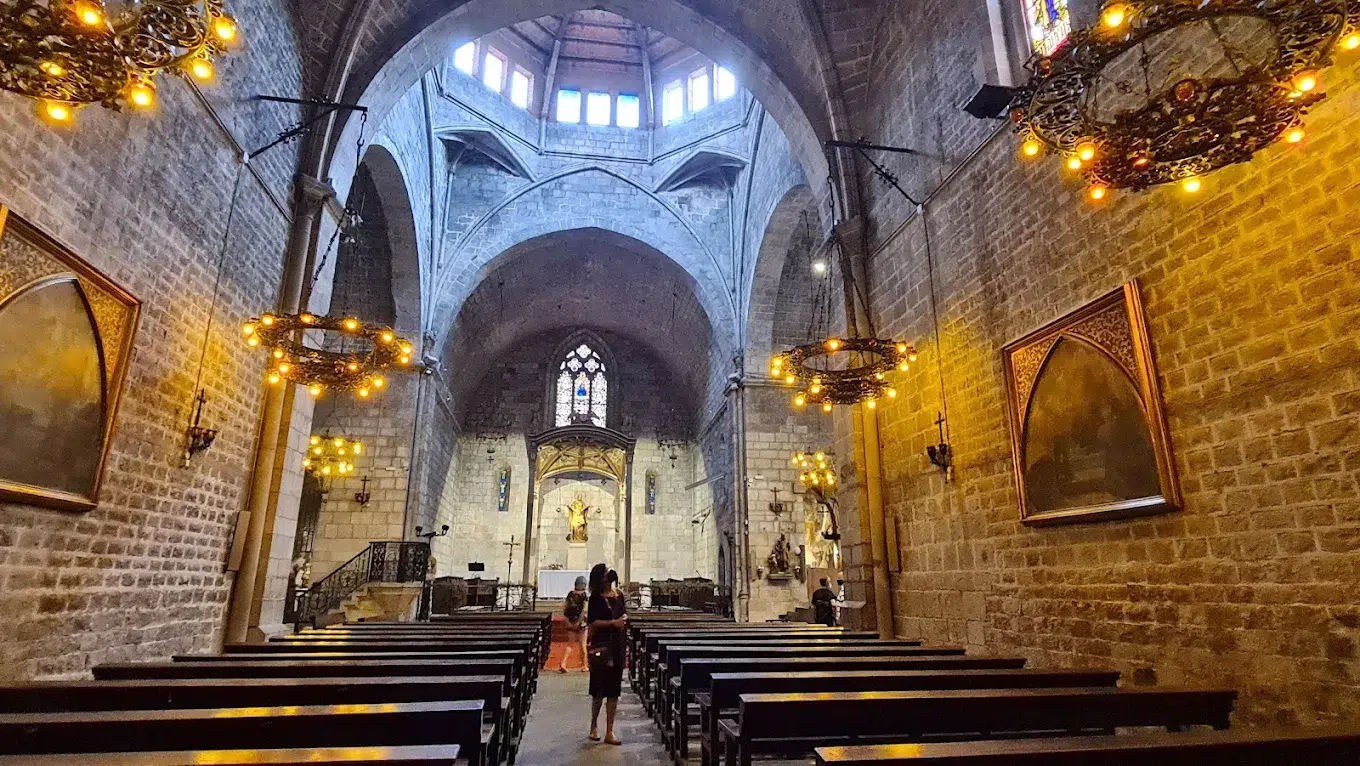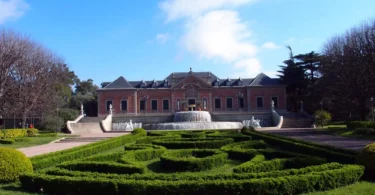In the heart of Barcelona’s Gothic Quarter, hidden among alleys that breathe history, stands one of the city’s most surprising archaeological treasures that takes us directly to the city of Rome. city of Rome The Temple of Augustus. An almost secret corner that transports the visitor to the days when Barcino was just a Roman colony at the top of Mount Táber.

Image courtesy of viajes.nationalgeographic.com.es, all rights reserved.
Few imagine that, behind the medieval facades and silent courtyards, traces of the imperial power that gave birth to the city are still preserved. But it is enough to enter at number 10 Carrer del Paradís, cross a discreet threshold and look up for four imposing columns to break the spell of the present.
The seed of Barcino
It all began with Caesar Augustus, the first emperor of Rome. With his permission, towards the end of the 1st century BC,
La Monumental de Barcelona celebrates International Bullfighting Day
It was a building dedicated to imperial worship, a common practice in the Roman colonies to pay homage to the deified emperor. The Temple of Augustus stood majestically on a high podium, overlooking the forum from the top of Mount Táber, the highest point of ancient Barcino.
A missing giant
Over the centuries, the pagan temples fell into disuse. The stones of the temple were used to erect other buildings and the monument ended up buried under the medieval Barcelona. For almost two millennia, its existence remained a mystery.
Until, at the end of the 19th century, a chance discovery brought this fragment of imperial Rome back to light. During the works to build the headquarters of the Centre Excursionista de Catalunya, the workers came across three perfectly preserved limestone Corinthian columns. It was a discovery that shook archaeologists and awakened the interest of the people of Barcelona in their Roman past.
The history of rediscovery
Although the best known excavations date from the 19th century, evidence of the temple had already been documented much earlier. Antoni Cellers, architect and scholar, made in 1830 a descriptive report and a detailed plan of the temple thanks to the work promoted by the Board of Trade of Barcelona.
In his notes he described a peripteral and hexastyle building, with six columns on the main façade and another six at the back. According to his calculations, the temple had eleven columns on each side, all elevated on a podium one third of its height. However, Cellers made a curious mistake: he thought the temple was Carthaginian, not Roman.
Decades later, the architect Josep Puig i Cadafalch, a key figure in the recovery of Barcelona’s heritage, confirmed that it was a temple dedicated to Augustus. It was he who reaffirmed its imperial character and helped to place it in the urban context of the forum of Barcino.
From Plaça del Rei to Paradís street
The fragments recovered were not all preserved together from the beginning. One of the columns was eventually moved to the Plaça del Rei, where students from the Escuela de Oficios reconstructed it using fragments of the shaft, a capital and a base. For years, this solitary column was a symbol of the city’s Roman past.
Finally, with the restoration works promoted by the City Council and the Museu d’Història de Barcelona (MUHBA), it was decided to reunite the four original columns in their current location, inside the building of the Centre Excursionista. Today they form a monumental ensemble that can be visited freely, an almost sacred space where the noise of the city is muffled.
A corner that keeps silence
Entering the Temple of Augustus is like stepping back two thousand years in a single step. There is something hypnotic about the place. The height of the columns, the decorated capitals and the serenity of the place contrast with the hustle and bustle of the Gòtic. There are no ticket offices, no queues, no illuminated signs. Just stone, light and silence.
The visitor finds himself in front of a space that survived wars, fires, urban reforms and centuries of oblivion. Each crack in its shafts tells a story. From the point where the temple stands you can imagine the layout of the ancient Barcino, with its forum, its cobbled streets and its walls.
The Roman soul of Barcelona
Beyond its archaeological value, the Temple of Augustus represents the origins of the city. It is tangible proof that Barcelona was born as a Roman colony, planned and powerful, connected to the Mediterranean trade routes.
In fact, many streets in the Gothic Quarter still retain the Roman urban layout, especially around the Plaça de Sant Jaume, where the forum was located. Temples, basilicas and administrative buildings coexisted there.
Visiting the temple is, therefore, a living history lesson, a way to understand how the city has been able to build its identity on superimposed layers of time. From Roman ruins to Gothic palaces and modernist buildings, Barcelona is literally a city that has reinvented itself.
A must-see
Access to the temple is free and can be visited every day. It is managed by the
The Temple of Augustus is, without a doubt, one of those places that go unnoticed by many tourists but that fascinate those who are looking for the most authentic Barcelona. A small space, hidden and monumental at the same time, where the visitor can feel that time stands still.
And perhaps for that reason, it remains one of the most magical corners of the Gòtic.



